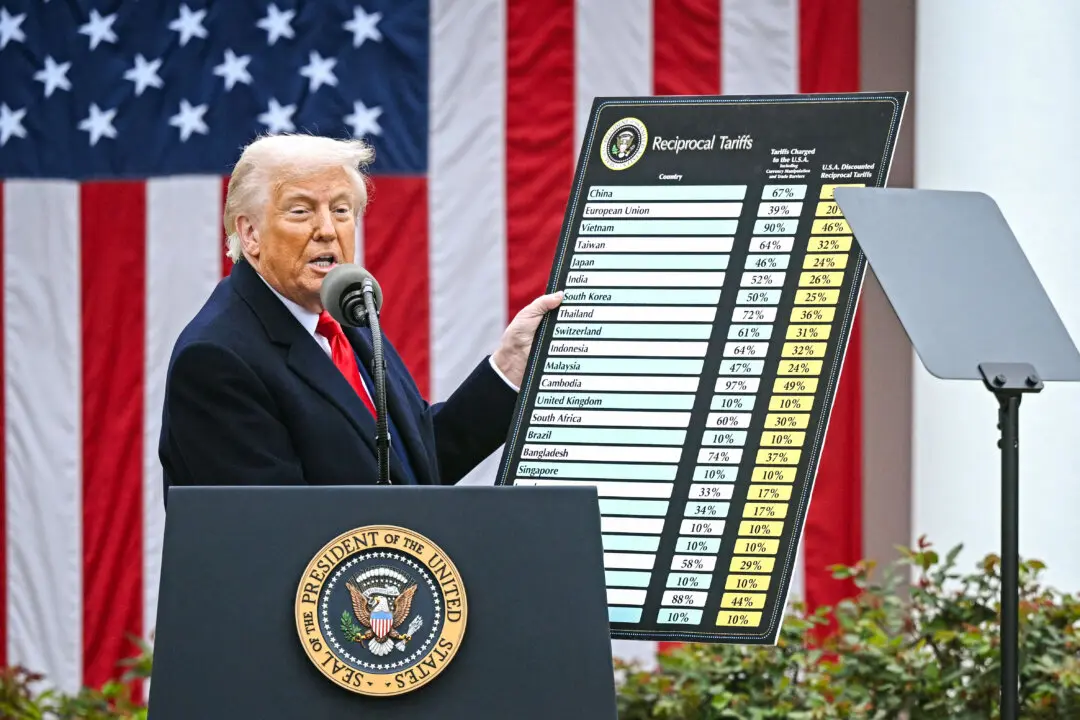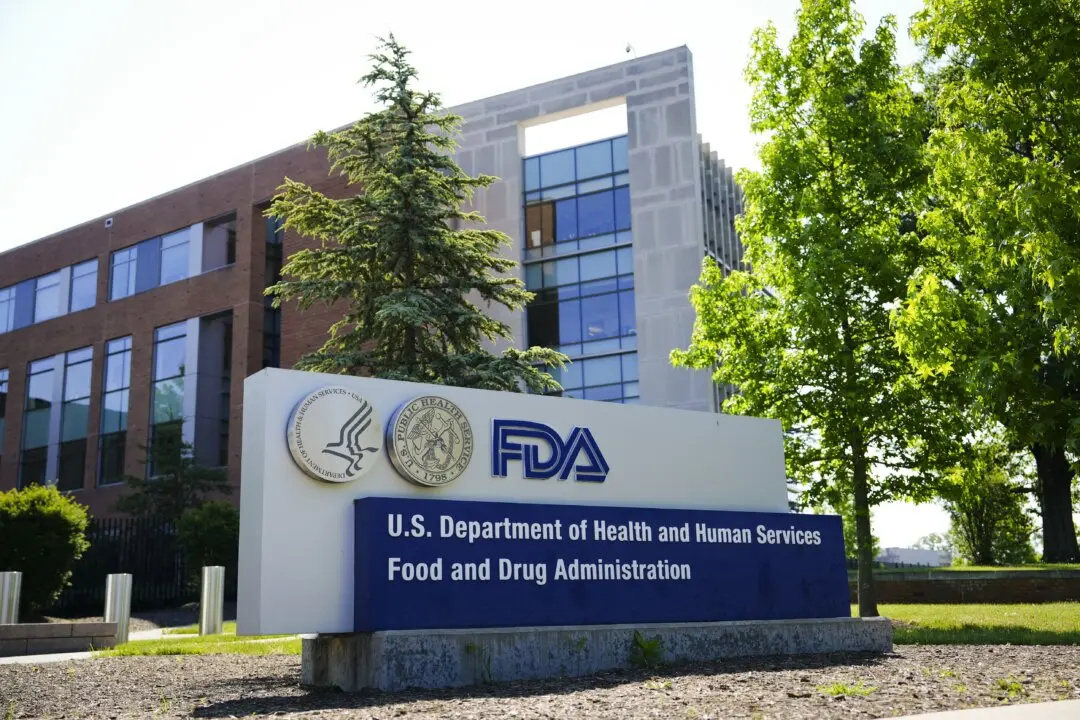Microsoft announced the end of Windows 10, the world’s most popular operating system, and said the current version will be the last.
In a “client roadmap update,” Microsoft said that the current version of Windows 10, 22H2, which was released in October 2022, is the final feature update. Security updates and support will still be provided for Windows 10 Home, Pro, Enterprise, and Education versions until Oct. 14, 2025.





